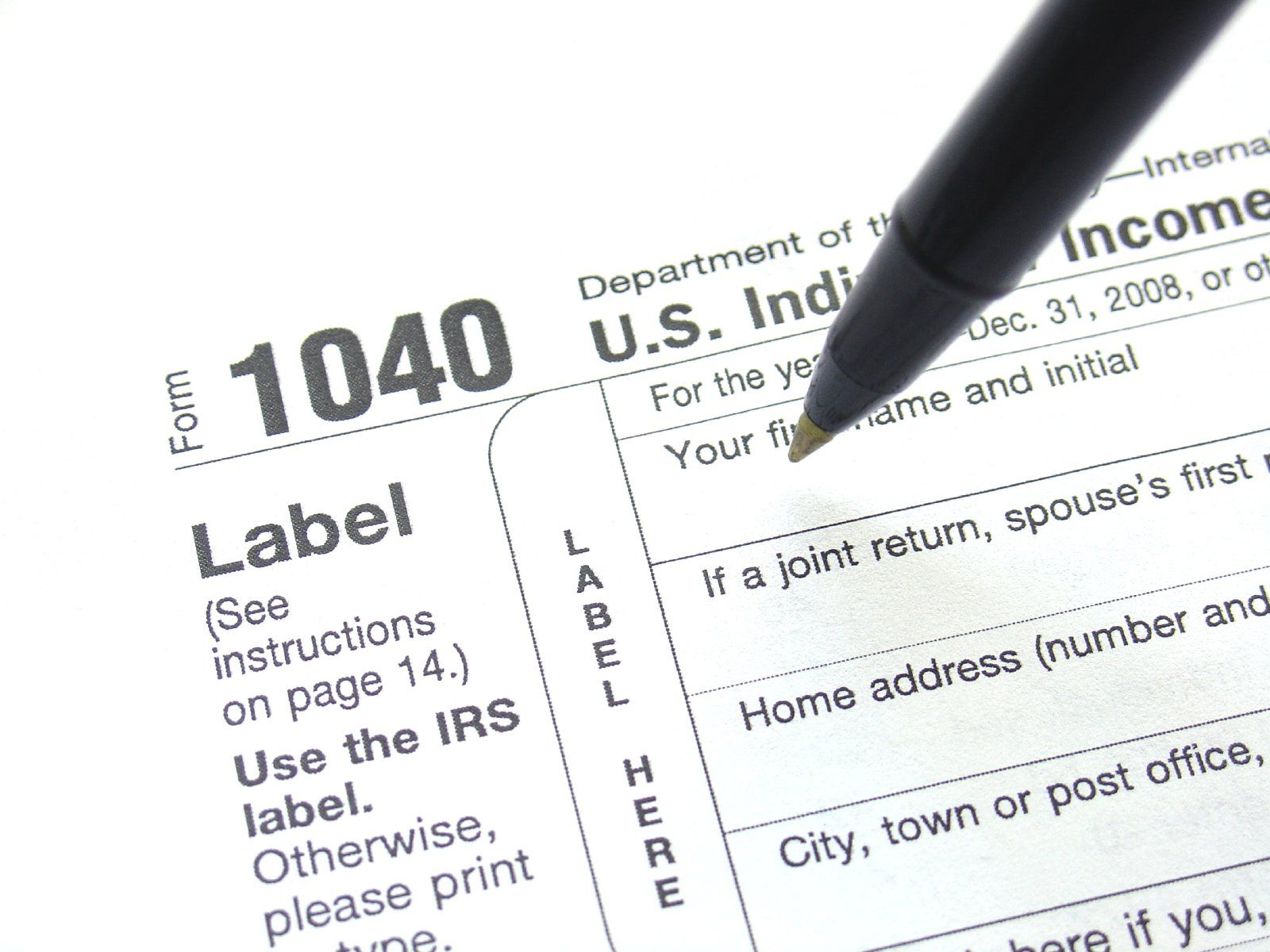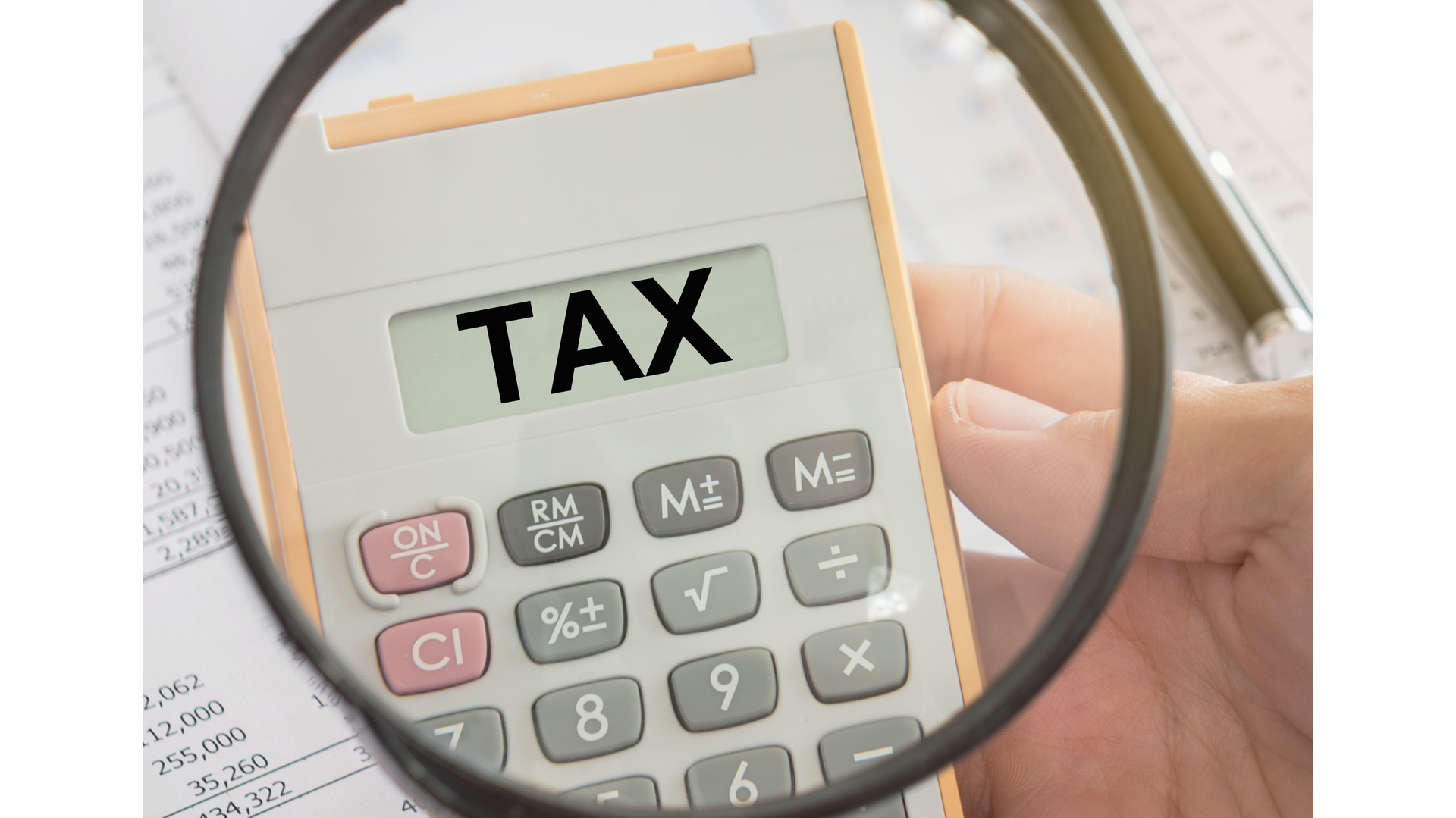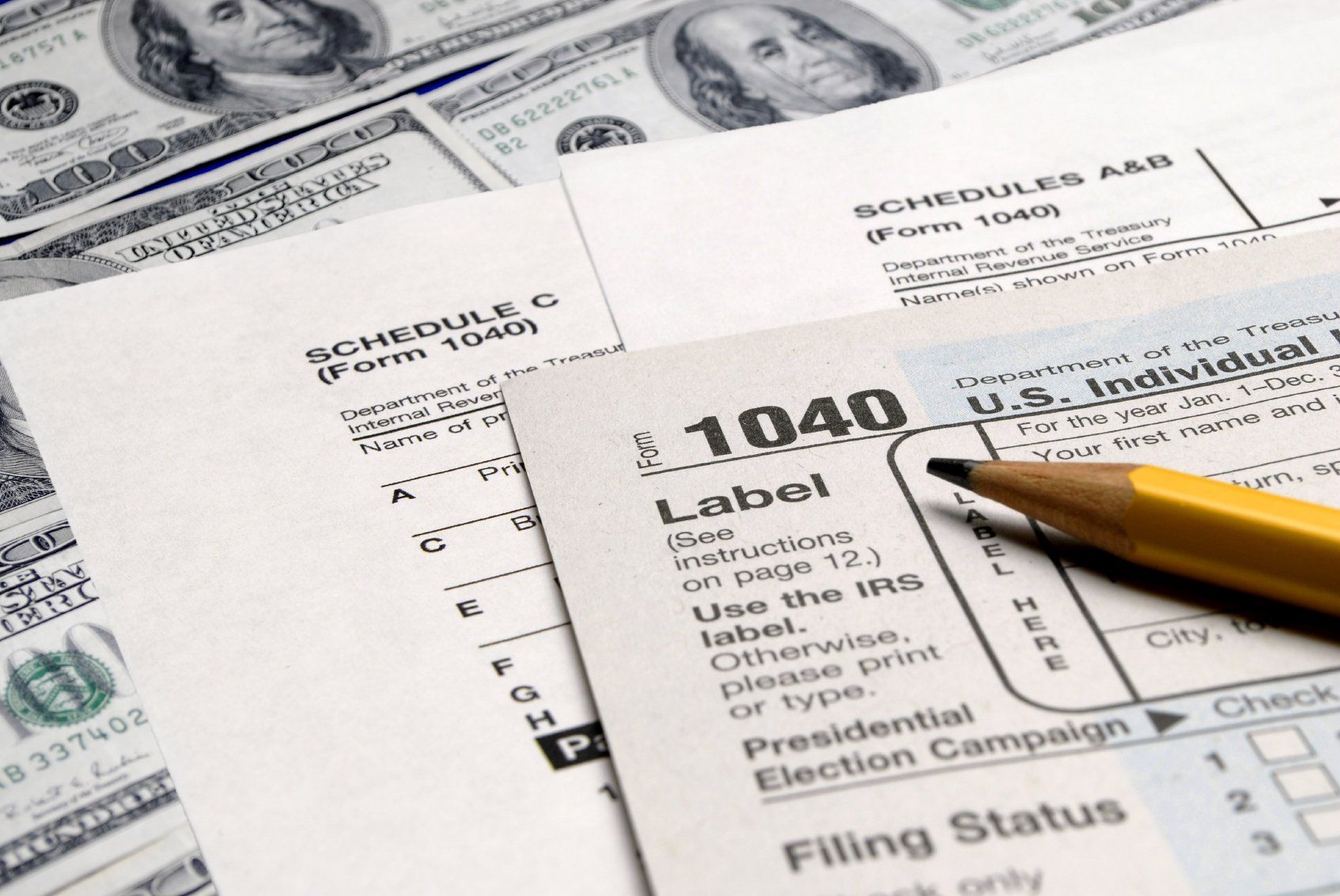Get Ready for the 2026 Tax Season: Proactive Steps for a Stress-Free Experience

The 2026 tax filing season is just around the corner, and getting an early start on your 2025 tax returns can help you avoid last-minute stress and ensure you maximize your refund or minimize your tax liability. With ever-evolving tax laws and potential changes in personal circumstances, taking a proactive approach to tax preparation is more important than ever. This blog post will guide you through practical steps to get ready for the upcoming tax season and set yourself up for success.
1. Stay Informed About Tax Law Changes
Tax laws can change from year to year, impacting deductions, credits, and filing requirements. Recent legislation known as the "One Big Beautiful Bill Act" extended and modified many tax provisions that affect the 2025 tax year.
- Increased standard deduction: The increased standard deduction amounts from the 2017 Tax Cuts and Jobs Act (TCJA) have been made permanent. For tax year 2025, the standard deduction is $31,500 for joint filers and $15,750 for single filers.
- Permanent tax brackets: The TCJA's seven individual income tax brackets (10%, 12%, 22%, etc.) are now permanent. The income thresholds for these brackets have been adjusted for inflation for 2025.
- Boosted child tax credit: The maximum child tax credit for 2025 was raised to $2,200 per qualifying child.
- New bonus deduction for seniors: For the 2025 tax year, individuals aged 65 and older can claim an additional $6,000 bonus deduction, though it is subject to income phaseouts.
- Increased SALT deduction cap: The limit on state and local tax (SALT) deductions has been raised to $40,000 for joint filers, with phase-downs at higher income levels.
- Energy tax credits: OBBB eliminates most of these tax credits by December 31, 2025.
For additional changes, and proactive tax planning, make sure to contact a tax pro early in the year.
2. Organize Your Financial Documents Early
Start gathering all necessary documents now, so you’re not scrambling at the last minute. Common documents you’ll need include:
· W-2s from employers-you will need a summary of all overtime and tips paid out in 2025.
· 1099 forms for freelance or investment income
· Receipts for deductible expenses (charitable contributions, medical expenses, etc.)
· Records of retirement plan contributions
· Mortgage interest statements
· Documentation for educational expenses or student loan interest
Create a dedicated folder (physical or digital) to collect these items as they arrive, making it easier when it’s time to file.
3. Review Your Withholding and Estimated Taxes
If you experienced significant life changes in 2025—such as a new job, marriage, divorce, or the birth of a child—review your tax withholding. The IRS offers a handy Tax Withholding Estimator tool online. Adjusting your withholding now can help prevent a large tax bill or an unnecessary refund next year. If you’re self-employed or have other sources of income, ensure your estimated tax payments are up to date.
4. Maximize Deductions and Credits
Take time to review potential deductions and credits that may apply to you for the 2025 tax year. Common opportunities include:
· Contributions to retirement accounts (IRA, 401(k), etc.)
· Health Savings Account (HSA) contributions
· Child and dependent care expenses
· Education expenses (American Opportunity or Lifetime Learning Credits)
Planning ahead allows you to make eligible contributions or incur qualifying expenses before the end of the tax year, maximizing your tax benefits.
5. Plan for Life Events That Affect Taxes
Major life events can have a significant impact on your taxes. If you anticipate changes such as selling a home, having a child, or starting a business in 2025, research how these could affect your tax situation. Planning ahead lets you take advantage of new tax benefits or avoid surprises.
6. Consider Professional Help
Tax preparation software can make filing easier, but if your financial situation is complex, consider consulting a tax professional. Early in the season, tax pros have more availability to review your situation, suggest tax-saving strategies, and help you avoid costly mistakes.
7. Mark Your Calendar with Key Dates
Don’t let important tax deadlines sneak up on you. For most individuals, the 2025 federal tax filing deadline is April 15, 2026. Mark these dates on your calendar and set reminders so you have plenty of time to file or request an extension if needed.
Proactive preparation is the key to a smooth and stress-free tax filing season. By staying informed, organizing your documents, reviewing your financial situation, and seeking help when needed, you’ll be ready to tackle your 2025 tax return with confidence. Start today and set yourself up for a successful tax season! Affinity Accounting & Tax is accepting new clients in Albuquerque, NM, Santa Fe, Rio Rancho and nationwide.







